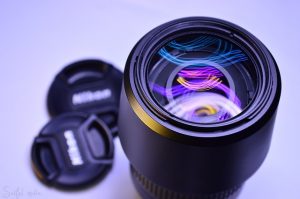10.2: Citing or Identifying Images in Your Writing
- Page ID
- 22374
\( \newcommand{\vecs}[1]{\overset { \scriptstyle \rightharpoonup} {\mathbf{#1}} } \) \( \newcommand{\vecd}[1]{\overset{-\!-\!\rightharpoonup}{\vphantom{a}\smash {#1}}} \)\(\newcommand{\id}{\mathrm{id}}\) \( \newcommand{\Span}{\mathrm{span}}\) \( \newcommand{\kernel}{\mathrm{null}\,}\) \( \newcommand{\range}{\mathrm{range}\,}\) \( \newcommand{\RealPart}{\mathrm{Re}}\) \( \newcommand{\ImaginaryPart}{\mathrm{Im}}\) \( \newcommand{\Argument}{\mathrm{Arg}}\) \( \newcommand{\norm}[1]{\| #1 \|}\) \( \newcommand{\inner}[2]{\langle #1, #2 \rangle}\) \( \newcommand{\Span}{\mathrm{span}}\) \(\newcommand{\id}{\mathrm{id}}\) \( \newcommand{\Span}{\mathrm{span}}\) \( \newcommand{\kernel}{\mathrm{null}\,}\) \( \newcommand{\range}{\mathrm{range}\,}\) \( \newcommand{\RealPart}{\mathrm{Re}}\) \( \newcommand{\ImaginaryPart}{\mathrm{Im}}\) \( \newcommand{\Argument}{\mathrm{Arg}}\) \( \newcommand{\norm}[1]{\| #1 \|}\) \( \newcommand{\inner}[2]{\langle #1, #2 \rangle}\) \( \newcommand{\Span}{\mathrm{span}}\)\(\newcommand{\AA}{\unicode[.8,0]{x212B}}\)

Increasingly, teachers allow and even encourage students to use images—photographs, maps, sketches, graphs, and so forth—in their writing. Before you do this, check with your teacher to make sure they approve. And then remember that if the image was created by someone else, you must give them credit.
We don’t list images on the Works Cited page. But we do identify them in one of two ways:
- If your word processor allows captioning, you can add the image information in a caption.
- Otherwise, mention it in the text at the point you are talking about it, enclosing the information in parentheses.
- Ideally, include the author(s), title of source, title of container, publisher, date, and location.
Here’s an example of how you might cite a sketch taken from a hard copy book, where “The Perfect Poodle Hairdo” is the name of sketch and Styling Poodles for Fun and Profit is the book title:
Groomer, Ima. “The Perfect Poodle Coif.” Styling Poodles for Fun and Profit, Poodle Publishing, 2015.


